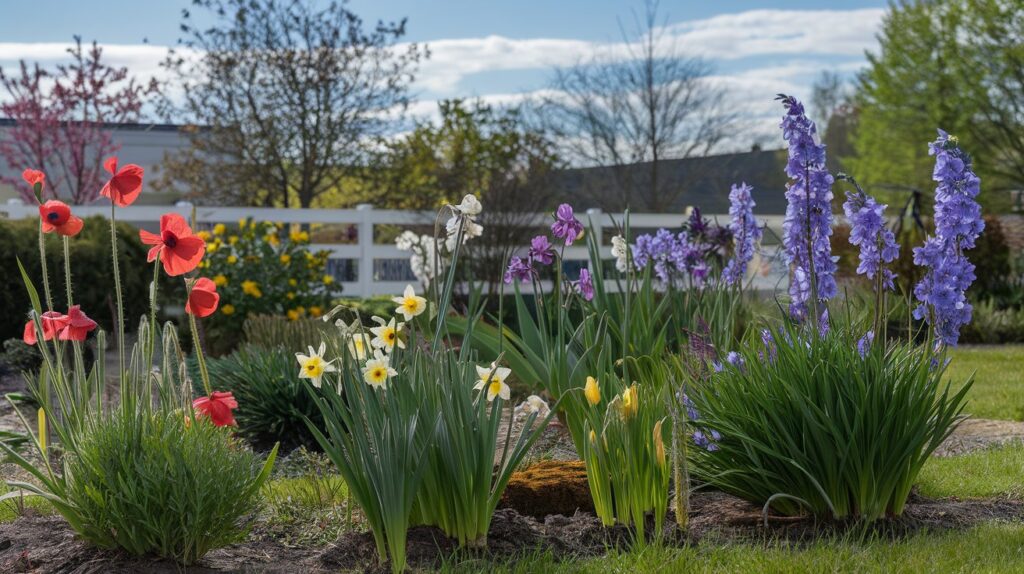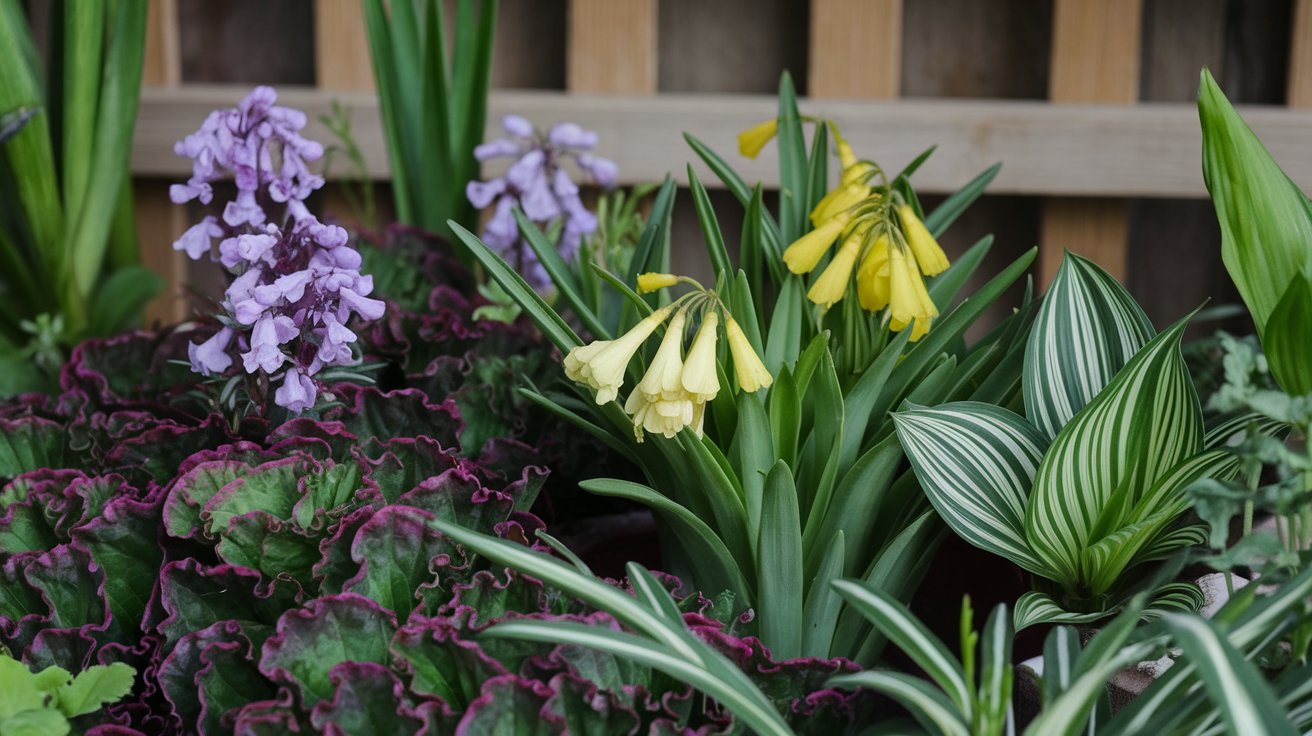Table of Contents
Introduction to Perennial Plants
Perennial plants are the cornerstone of a thriving, low-renovation garden. Unlike annuals, which need to be replanted every yr, perennials go back season after season, bringing beauty and consistency on your outside area. They’re a brilliant investment for any gardener seeking to establish a long-lasting landscape. But what exactly makes perennials so unique, and why are they this sort of famous preference?
Benefits of Perennial Plants
Perennials Plants aren’t just stunning; they’re additionally highly sensible. Here’s why they’re really worth including in your lawn:
- Year-Round Garden Presence: While a few perennials bloom in spring or summer season, others maintain greenery during fall and wintry weather, offering year-spherical interest.
- Cost-Effectiveness and Ease of Maintenance: Perennials lessen the need for annual planting, making them a fee-powerful desire for both beginner and experienced gardeners.
Types of Perennial Plants

- Herbaceous Perennials: These flowers die returned to the ground each iciness but regrow in spring. Examples encompass peonies and daylilies.
- Woody Perennials: Trees, shrubs, and woody vines that hold shape year-spherical, together with roses and lilacs, fall into this class.
- Semi-Perennials: Often behaving as perennials in slight climates, those vegetation may need extra care in harsher situations. Herbs like rosemary in shape right here.
Choosing the Right Perennials for Your Climate
Climate performs a large position in perennial Plants achievement. Picking the right kinds can keep time, effort, and unhappiness.
- Cold-Hardy Perennials plants: In chillier zones, do not forget plants like sedum and Siberian iris, which can take care of frosty winters.
- Heat-Tolerant Perennials: If you live in a hot, dry climate, opt for drought-resistant perennials together with lavender and echinacea.
Popular Flowering Perennials
Flowering perennials plants are loved for their colorations and scents, drawing interest and including charm to any garden.
- Roses: Known for his or her timeless splendor, roses bloom in vibrant shades and feature an unmistakable perfume.
- Daylilies: With plenty of colorings and a protracted blooming season, daylilies are clean to develop and adapt to most climates.
- Peonies: These lush, fragrant vegetation are a spring favorite and offer remarkable reduce plant life for preparations.
Edible Perennials for Sustainable Gardening
Edible perennials are a really perfect preference for folks who want to combine beauty with practicality.
- Rhubarb: Its huge, decorative leaves make it a notable ornamental plant, and the stalks are perfect for pies and jams.
- Asparagus: One of the earliest spring crops, asparagus is a nutritious perennial Plants vegetable that grows nicely in cooler climates.
- Chives: A hardy herb, chives add both shade and flavor to your garden and kitchen.
Perennials That Attract Pollinators
Adding pollinator-friendly perennials helps nearby ecosystems and encourages a healthy garden.
- Butterfly Bush: This shrub attracts butterflies with its fragrant flowers and serves as a stunning focal factor inside the garden.
- Coneflowers: Known for their vibrant colorings, coneflowers are magnets for bees and butterflies, adding life and movement on your lawn.
Low-Maintenance Perennials for Busy Gardeners
Short on time? These perennials are perfect for hands-off gardening.
- Hostas: With their big, appealing leaves, hostas thrive in shaded areas and require minimal care.
- Sedum: This succulent-like plant is exceedingly drought-tolerant, making it best for low-water landscapes.
How to Plant and Care for Perennials
Proper planting and care are essential to lengthy-lasting perennials. Here’s what you need to know:
- Soil Preparation: Ensure nicely-tired soil enriched with organic remember. Perennials appreciate fertile grounds to root and flourish.
- Watering Needs: While many perennials are drought-tolerant, younger plants need regular watering till hooked up.
- Mulching Tips: Mulch conserves moisture, reduces weeds, and protects plant roots from severe temperatures.
Seasonal Perennial Care
Each season brings distinct necessities to preserve perennials wholesome and vibrant.
- Spring Maintenance: Clean up lifeless foliage and observe fertilizer to boost new growth.
- Summer Care: Water as needed, particularly at some stage in dry spells, and deadhead spent blooms to encourage greater flowering.
- Autumn and Winter Preparation: Cut lower back foliage, add a layer of mulch for insulation, and put together flowers for dormancy.
Perennials for Different Garden Styles
Perennials can fit into almost any lawn layout, whether or not you pick a herbal look or a based space.
- Cottage Gardens: Soft, flowing borders full of foxgloves, lupines, and delphiniums create a relaxed, colourful surroundings.
- Formal Gardens: Geometric layouts benefit from structured flowers like boxwood, roses, and peonies, including symmetry and elegance.
Perennials for Shade
Not all gardens get complete solar, but coloration-loving perennials can still thrive.
- Ferns: Known for his or her delicate, lacy leaves, ferns add texture and intensity to shaded regions.
- Astilbes: These perennials characteristic feathery plumes in hues starting from crimson to purple and thrive in low-mild settings.
Perennials for Full Sun
Some perennials flourish under brilliant, direct sunlight, creating bursts of coloration in sunny spots.
- Lavender: With its iconic purple blooms and fragrant aroma, lavender is a favourite for decent, sunny regions.
- Salvia: This drought-tolerant perennial Plants attracts bees and butterflies and provides vibrant shades of blue, red, or red to the lawn.
Common Mistakes When Growing Perennials
Avoid these pitfalls to preserve your perennials thriving:
- Overwatering and Underwatering: Both can harm perennials. Find a stability and check soil moisture frequently.
- Incorrect Plant Placement: Placing solar-loving plants in shade or vice versa can stunt increase and postpone flowering.
Conclusion and Final Tips for Success
Perennial plants are an funding that maintains giving, 12 months after year. With proper care, those vegetation will carry beauty, shade, and diversity for your garden with minimal preservation. Remember to don’t forget your weather, pick out the proper plant life for every region, and revel in the undying appeal of perennials in your outdoor area.
FAQs
What are the first-rate low-preservation perennials?
- Hostas, sedum, and daylilies are all exquisite low-protection options for gardeners.
How regularly must I water my perennials?
- While newly planted perennials want ordinary watering, hooked up ones regularly thrive with minimum irrigation depending on the species.
Can I grow perennials indoors?
- Yes, certain perennials like lavender and ferns can adapt properly to indoor situations with sufficient mild.
How do I save you pests from attacking my perennials?
- Regular tracking, natural sprays, and companion planting with pest-repellent herbs can assist hold pests at bay.
What’s the difference among annuals and perennials?
- Annuals complete their existence cycle in one season, whilst perennials regrow each year, making them an extended

